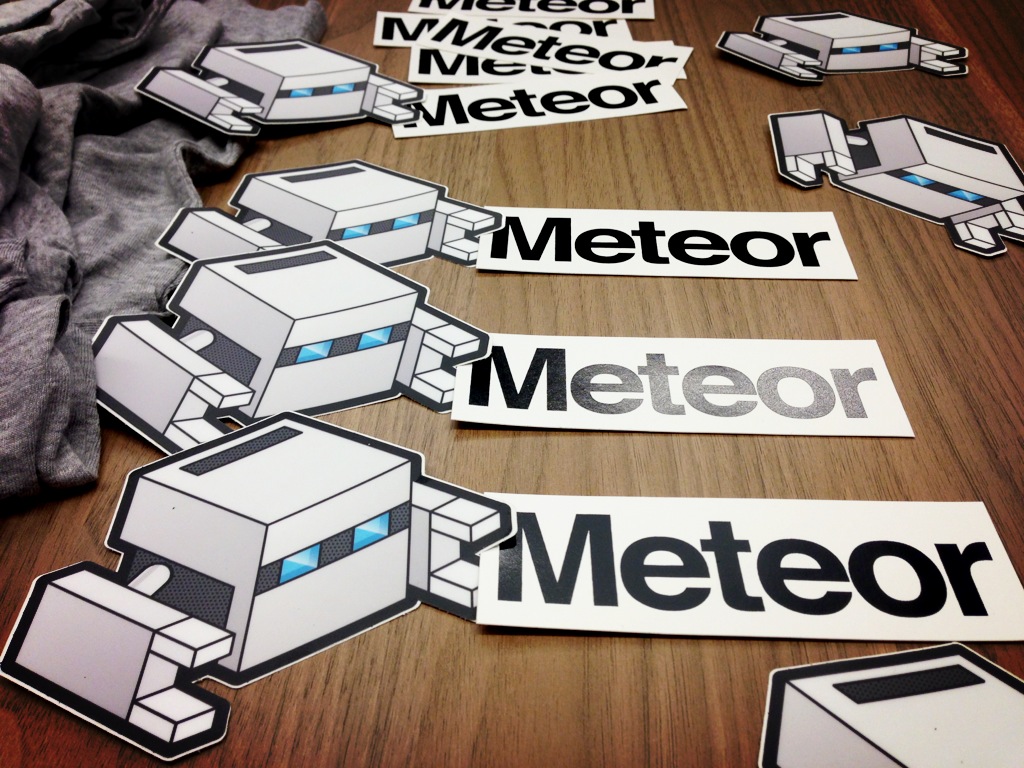Updated January 17, 2016 (GitHub repo if you prefer)
There’s a been a lot of attention directed to AI and Machine learning lately so I’d like to collect great materials to get you up to speed.
Ping me if something is missing or shouldn’t be here.
Courses
Andrew Ng’s course — https://www.coursera.org/learn/machine-learning
Andrew Ng’s CS229 Stanford course — http://cs229.stanford.edu/materials.html
Practical Machine Learning (part of PML, from John Hopkins University) is a lighter version compared to Andrew Ng’s ML class, with a little overlap — https://www.coursera.org/learn/practical-machine-learning
AN’s ML class is a lot more advanced regarding algorithms, so requires more rigorous background knowledge and skills.
PML is Practical, uses the language R, which is widely used in Predictive Analytics field in the industry.
ML is for more CS focused folks, uses Octave (Matlab-like language).
You can use WEKA library if you use Java to develop. WEKA is wrapped also in R as well as in Python. But both R and Python has tons of ML libraries already.
NLP
Natural Language Processing by Dan Jurafsky & Christopher Manning – https://www.coursera.org/course/nlp
Two books seem to be fundamental in this field:
- Speech and Language Processing, by Chris Manning & Hinrich Schütze
- Foundations of Statistical Natural Language Processing, by Daniel Jurafsky & James H. Martin
Datasets
- https://www.kaggle.com
- https://www.githubarchive.org/ – “GitHub Archive is a project to record the public GitHub timeline, archive it, and make it easily accessible for further analysis.”
- https://commoncrawl.org/ – “We build and maintain an open repository of web crawl data that can be accessed and analyzed by anyone.”
Neural networks
- http://deeplearning.net/tutorial/
- http://karpathy.github.io/neuralnets/
- http://karpathy.github.io/2015/05/21/rnn-effectiveness/
- http://techblog.netflix.com/2014/02/distributed-neural-networks-with-gpus.html
- http://tensorflow.org/
Fun projects
- http://www.r2d3.us/visual-intro-to-machine-learning-part-1/
- https://github.com/kaishengtai/neuralart
- https://github.com/ryankiros/neural-storyteller
- https://github.com/facebook/MazeBase
Jobs
- Machine Learning Engineer @mattermark – https://jobs.lever.co/mattermark/2f9c8c35-c9eb-4201-880a-886f77362d25
Misc
- OpenAI Reddit AMA (January 9, 2016) – https://www.reddit.com/r/MachineLearning/comments/404r9m/ama_the_openai_research_team/
- Greg Brockman’s resource list – https://github.com/gdb/kaggle#resources-ive-been-learning-from
- Artificial Intelligence Weekly — http://aiweekly.co/ 0Looking


 and happened on Wednesday at 6:30pm PST at Mozilla’s Vancouver office.
and happened on Wednesday at 6:30pm PST at Mozilla’s Vancouver office.